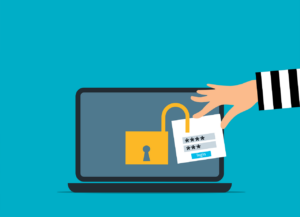

Implementing two-factor authentication (2FA) for your company is an excellent step towards improving the security of your data and systems. Here are some best practices to follow when implementing 2FA: Choose the Right 2FA Method: There are several types of 2FA methods, such as SMS-based, app-based, hardware tokens, and biometric authentication. Each has its strengths and weaknesses, and you should choose the one that fits your company’s needs and budget. SMS-based 2FA may be the simplest to implement, but it is also the least secure. App-based authentication is more secure and convenient, and hardware tokens are the most secure but may be more expensive. Educate Your Employees: Your employees must understand the importance of 2FA and how to use it properly. Provide training on how to enable 2FA and how to recognize phishing attacks that may attempt to bypass 2FA. Make sure employees know how to recover their accounts if they lose access to their 2FA device. Implement 2FA Gradually: Implementing 2FA for all your systems and accounts at once may be overwhelming for your employees. Start with critical accounts such as email and privileged access accounts, and gradually expand to other systems and applications. Enforce 2FA: Make 2FA mandatory for all your employees, including contractors and partners, and ensure that there are no exceptions. Use policy enforcement tools to ensure that all accounts have 2FA enabled. Monitor and Audit: Monitor your systems and accounts regularly to ensure that 2FA is working correctly and that there are no unauthorized access attempts. Use auditing tools to generate reports on 2FA usage and potential vulnerabilities. By following these best practices, you can implement 2FA effectively and securely for your company.